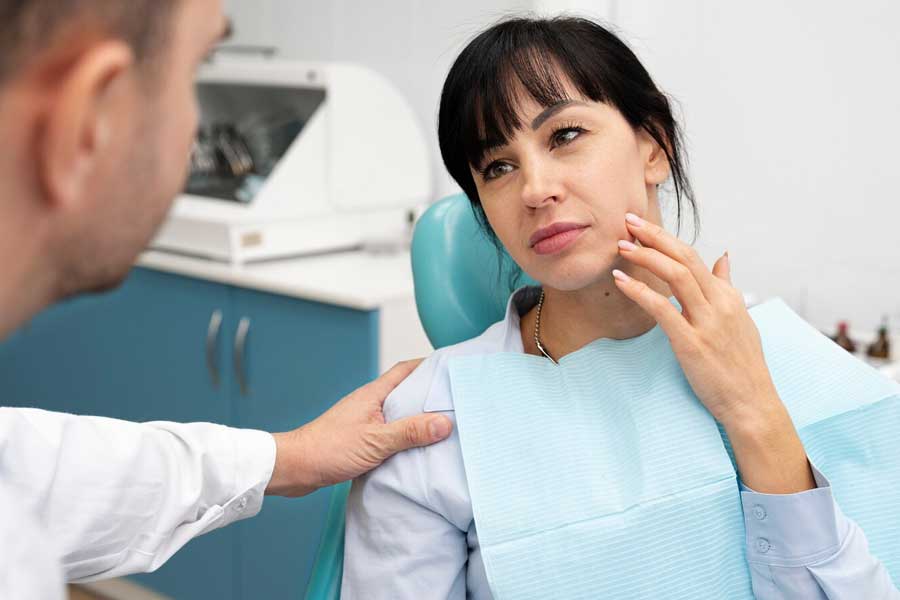
Tooth extraction is a common dental procedure performed for various reasons, such as severe decay, infection, overcrowding, or impacted wisdom teeth. While the procedure itself is straightforward, proper care after tooth extraction is essential for a smooth and quick recovery. Neglecting post-extraction care can lead to complications such as infections or dry socket. Here’s what you need to know about the healing process and how to take care of your oral health after tooth extraction.
Immediate Care After Tooth Extraction
Right after the procedure, your dentist will place a gauze pad over the extraction site to help control bleeding. It is crucial to keep this gauze in place for at least 30 to 45 minutes, applying gentle pressure by biting down on it. If bleeding continues, replace the gauze and apply pressure again. Avoid spitting, rinsing your mouth, or using straws for the first 24 hours, as these actions can dislodge the blood clot forming in the socket. The blood clot plays a vital role in healing, and if it is removed too soon, it can lead to a painful condition called dry socket.
Pain and Swelling Management
Some pain and swelling are normal after tooth extraction. Your dentist may prescribe pain relievers or recommend over-the-counter medications like ibuprofen to help manage discomfort. Applying an ice pack to the outside of your cheek in 10–15 minute intervals can help reduce swelling within the first 24 hours. After this period, switch to warm compresses to promote blood circulation and further aid healing.
Eating and Drinking After Tooth Extraction
For the first few days, stick to soft foods like yogurt, mashed potatoes, smoothies, and soups that are not too hot. Avoid crunchy, spicy, or acidic foods that can irritate the extraction site. It is also important to drink plenty of water to stay hydrated, but avoid using straws, as the suction can dislodge the clot. Gradually reintroduce solid foods as healing progresses.
Oral Hygiene and Care
Maintaining good oral hygiene is essential, but you should be careful around the extraction site. Avoid brushing directly over the wound for the first 24 hours. After this period, you can start gently rinsing your mouth with warm salt water to keep the area clean and reduce the risk of infection. Avoid commercial mouthwashes containing alcohol, as they can cause irritation.
When to Contact Your Dentist
While mild discomfort is expected, you should contact your dentist if you experience severe pain, excessive bleeding, pus discharge, fever, or a foul odor coming from the extraction site. These could be signs of infection or dry socket, which require professional care.
Recovery Timeline
Healing time varies depending on the complexity of the extraction and the individual's overall health. In most cases, soft tissue healing occurs within one to two weeks, while complete bone healing can take several months. Following your dentist’s post-extraction instructions will help ensure a smooth recovery.
Taking proper care of your mouth after tooth extraction is crucial to prevent complications and promote faster healing. By following these guidelines, you can ensure a comfortable recovery process and return to normal oral function in no time.